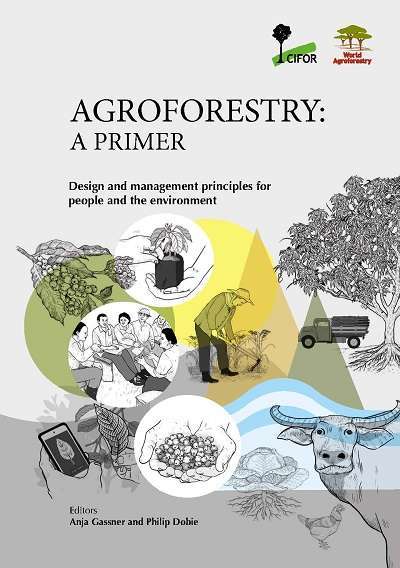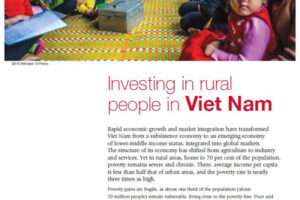Design and management principles for people and the environment
Conventional agriculture is very productive. But high productivity comes at a cost: soil that is depleted or eroded, watercourses that are polluted or drying up, and a food system that produces 20–40% of greenhouse gas emissions. Many people now agree that we urgently need to transform the food system, including agriculture. Agroforestry, as a nature-based approach to production and land use, will play an important role in this transformation. Agroforestry is not new; farmers have practised it for thousands of years, and scientists have recognized it since the 1970s as a productive and ecologically sustainable form of agriculture and land use. But now agroforestry is suddenly at centre stage; it is promoted as a land-use strategy to support climate change mitigation and climate change adaptation, biodiversity conservation, sustainable agriculture and other goals.
Many organizations recommend or use it as a tool for restoring ecosystems – not only agricultural ones, but also forest landscapes. Although not a cure-all, agroforestry has great potential to contribute to all the goals mentioned above. However, agroforestry is not just a matter of adding trees to farms. To realize its potential, practitioners need to understand its principles. Agroforestry: A primer is a guide to agroforestry principles and concepts – and how to use them effectively.





Add Comment